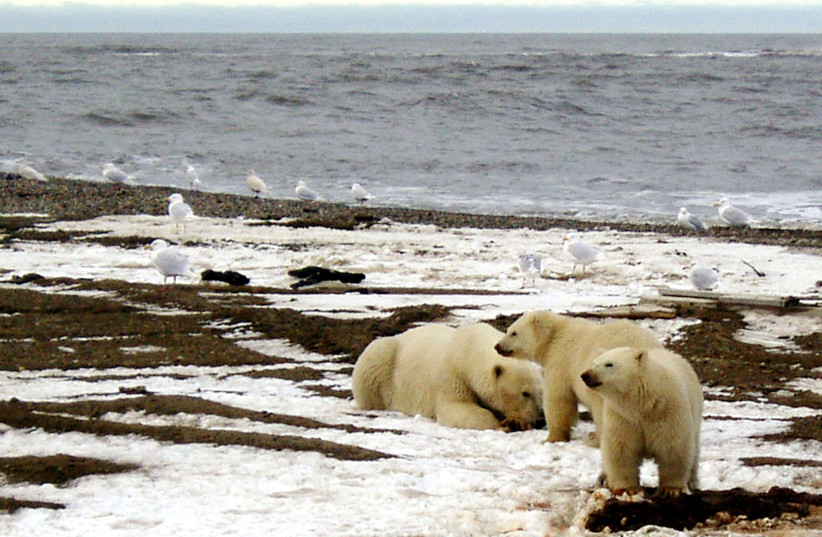NGOs, governments, and members of the public have spent rivers of ink analyzing the destructive effects of wildlife extinction on our planet. However, a new Israeli study is especially pessimistic about the current state and future of wildlife populations.
One of the key endeavors to monitor the decline of wildlife populations is the Living Planet Report. The report, which has been published biannually by the Zoological Society of London and the World Wildlife Fund, has kept track of the major declines that "vertebrate populations" (i.e. mammals, birds, reptiles, amphibians, and fish) have experienced globally over the past 24 years.
Its 2020 report showed that vertebrate populations declined by 68% on average between 1970-2016. Some scientists claimed that the 68% average decline was heavily biased and dependent on a few populations experiencing massive declines.

